There are several things to keep in mind before operating a new mini excavator. First of all, you should inspect it frequently for loose hoses and fluid leaks. These can compromise the performance of the mini excavator. You should also check the oil, coolant, and lubrication levels. Finally, check the tracks to make sure they are properly maintained.
Table des matières
BasculerWhat Makes Up a New Mini Excavator?
A new mini excavator has a capability similar to a larger excavator but it is lighter and easier to maneuver. Its lightweight design makes it easy to navigate uneven terrain, while its power provides enough torque to perform efficient tasks without causing damage to surrounding structures. These machines are also quite than larger machines, so they are often preferred for residential job sites. Before buying a mini excavator, it’s important to read the operator’s manual carefully. This manual will explain the controls and features of the machine, including the use of fire extinguishers and warning labels. You’ll also want to check the tracks and hoses to be sure they’re functioning properly.

Mini excavators also come equipped with safety interlocks to prevent injuries during a crash. They also come with a wide range of attachments and can be used for a variety of jobs. Mini excavators are generally more convenient than standard excavators. Standard excavators are best used for standard excavation projects and moving earth.
UN compact excavator has a working weight between 0.8 tons to 8 tons. These machines depend on high-tech hydraulics to power their attachments. Some models have features that make them more efficient, such as two-way hydraulics or diverter values. A mini excavator can accommodate various attachments, making them a good choice for small-scale construction sites. They can also be more maneuverable, meaning they can drive over parking lots without difficulty. And their smaller size also makes it easier to transport between projects.
Komatsu has collaborated with Topcon to develop an intelligent excavator. The PC210LCi-10 is a high-performance model with 158 horsepower. It also features an integrated semi-automatic grade control system. It also includes an inertial measurement unit to measure the machine’s attitude.
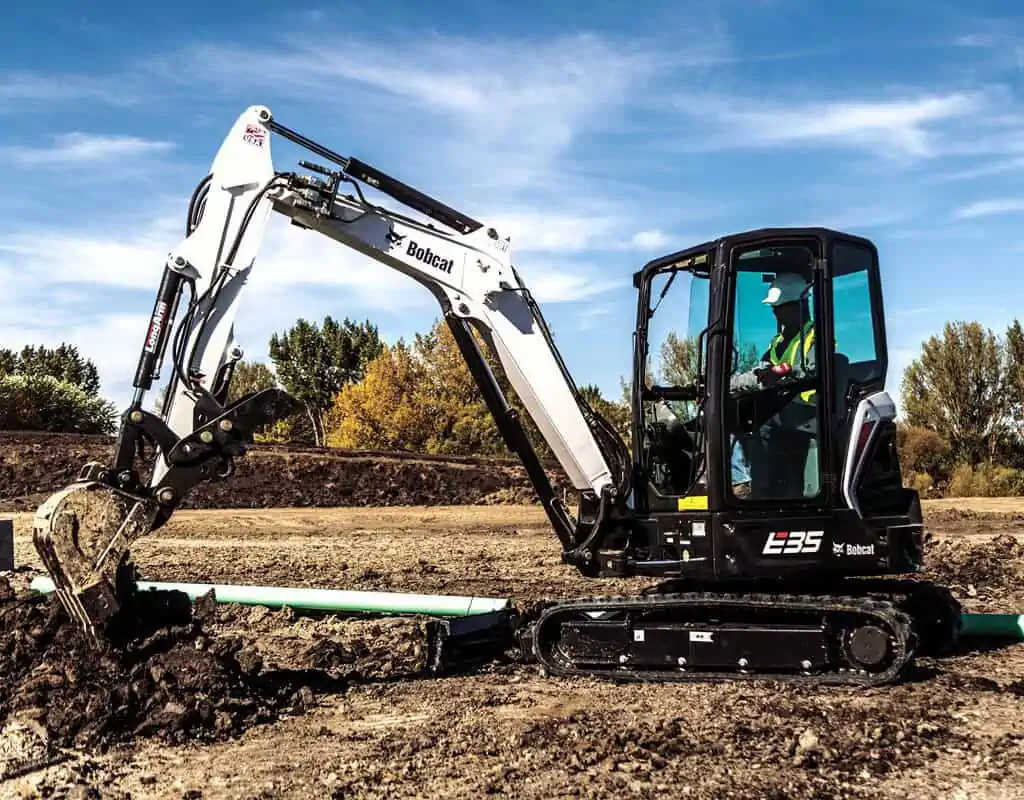
Uses of a mini excavator
Mini excavators are small excavators used for digging and dumping. They have an accelerator and a bucket that can rotate to different angles. To operate them, the operator pushes a joystick or a lever located on the right side of the front joystick. The mini excavator has long levers on the front that control its movements. The left joystick controls the machine’s left track and the right joystick controls its right track. By pushing both joysticks, the machine will move forward, while pushing one of the joysticks will make it turn and stop.
When using a mini excavator, it is best to do so in a wide-open area with few people around. Because these machines are heavy and can be dangerous, the operator should take precautions. Always practice on the field before operating them at home. Always check for wire connections and rust at the joints. Also, check for warning labels on the machine.
A mini excavator can be used for a variety of projects. It can dig a hole and remove a lot of debris. It can also be used to dig a play pool or pond. It can also be equipped with different attachments. It can have grinders, sheers, pulverizers, rock breakers, compactor plates, and more.
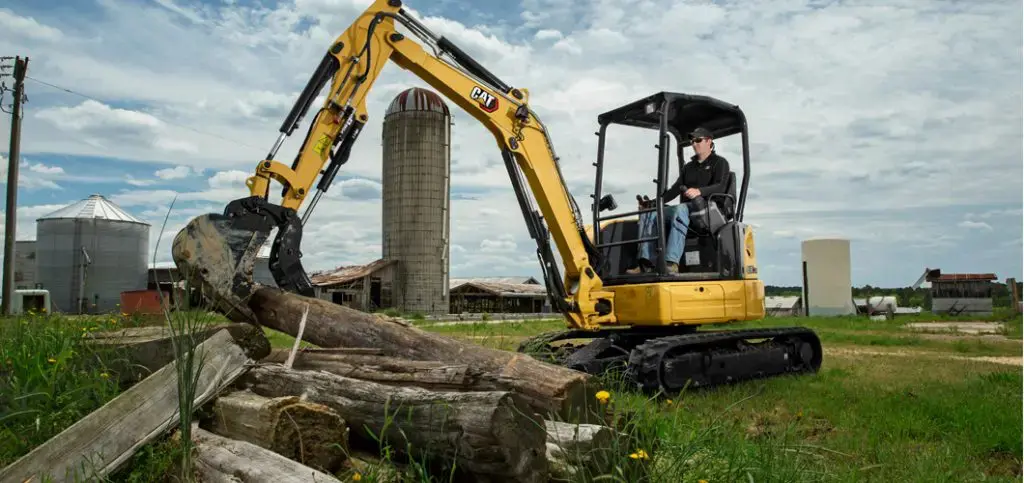
Although a mini excavator can be used for different construction jobs, it is still best to have an operator familiar with the machine before using it. Choosing the right model is crucial to ensuring proper operation. The weight of the machine should be adjusted according to the texture of the ground. The lifting capacity is also determined according to the weight and intensity of the work.
Mini excavators are also very useful in landscaping projects. Because of their compact size, they are easy to use in small spaces. They can also be used for digging a hole in a pool or a sewer line. In addition to landscaping jobs, mini excavators are also useful for digging holes for fence posts and utility pole installation. Furthermore, they can also be used for lifting feed bags and digging ditches.
Another important use for a mini excavator is for digging ponds and play pools. These are often done outdoors on property properties and require special permits. These types of projects can be undertaken by contractors. Mini excavators are especially handy for this job as they can easily maneuver in and out of backyards.

When Would You Use A Mini Excavator?
Mini excavators have different controls, depending on the model. Some have joysticks, while others use a key or button in the front right of the machine. The front joysticks are angled to control the machine’s movement. The left joystick controls the excavator’s left track, while the right joystick controls its right track. Pushing both sticks will propel the excavator forward while pushing only one will turn it.
Mini excavators are perfect for clearing debris from construction sites and moving materials from one site to another. They also feature a grading blade attachment that can help level the ground. This graded soil can then be used as a foundation for concrete. This machine is also great for site preparation, which may include clearing vegetation and trees. Mini excavators are heavy and can be dangerous, so make sure you have a big open space. And make sure to get enough training to safely operate the machine. You also don’t want people near the machine while it’s working. Always remember to wear a seat belt, or you’ll risk falling out of control.
Mini excavators are extremely useful tools for construction and demolition jobs. They can be used for trenching, digging, and leveling the ground. While mini excavators are typically operated by professionals, they are also easily accessible to do-it-yourselfers. However, if you don’t have any experience with mini excavators, it would be best to leave it to the pros. Using a mini excavator to dig a deep hole can help you save a lot of back-breaking labor. Mini excavators are great for this job because they move the soil around to make the hole deep enough. But be sure not to dig too deep, or you might find it will cave in and ruin your work.
Mini excavators should be regularly inspected for proper operation. Make sure that there are no loose parts or fluid leaks, as these can pose a safety hazard and prevent the excavator from performing well. Also, make sure the tracks and lubricant levels are correct.
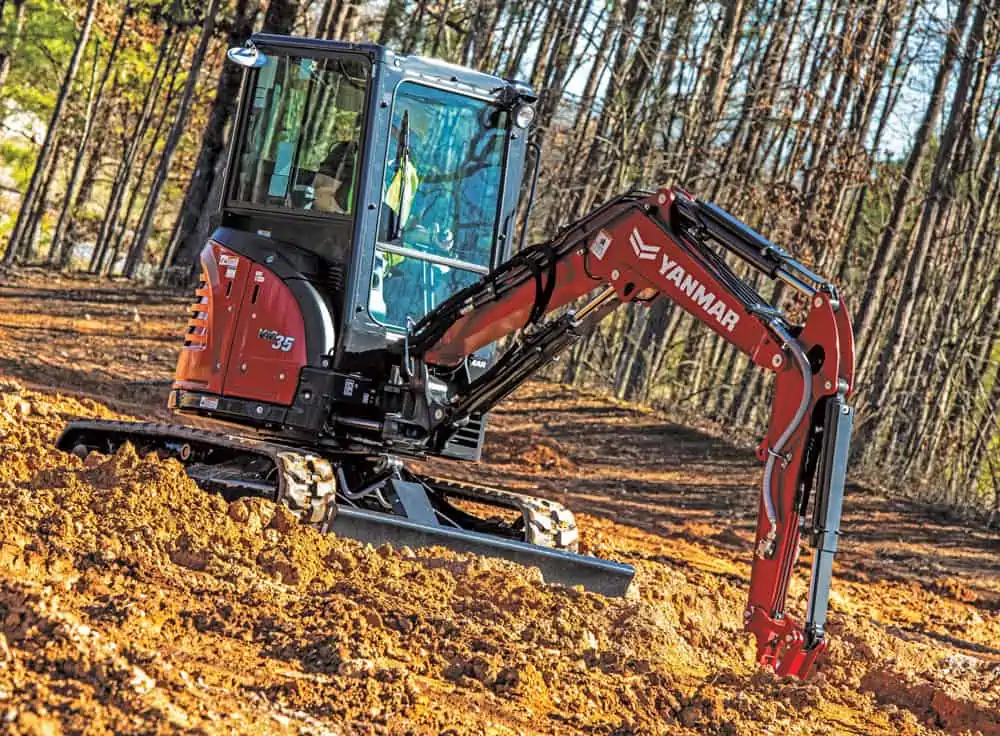
How to Use a Mini Excavator
You may be wondering how to use a mini excavator. One of the most important things to know about mini excavators is how to use them properly. These heavy machines need a lot of space to operate and should be used only in an open space with a lot of space. It is also important to use a mini excavator in a safe environment, away from people. Mini excavators are not suitable for beginners and should only be operated by trained personnel.
First, understand that mini excavators have joysticks that you use to raise and lower the bucket. The joysticks can be adjusted to the required angle. You can also use the joysticks to change the direction of the excavator. The operator’s manual is an excellent source of information about how to operate a mini excavator. It will explain all the controls and features, as well as the warning labels and fire extinguishers. It will also outline the basic steps to use the machine safely.
A mini excavator’s smaller size and weight make it ideal for smaller construction projects. It can fit in narrow areas and crowded places, and it also has a lower impact on pavement or concrete surfaces. Because of their compact size, mini excavators require less maintenance and last longer. When using a mini excavator, it is important to check and clean all parts before use. You should also check for loose parts and fluid leaks, which could cause accidents and damage the machine. You should also check the oil and lubricant levels and inspect the tracks.
The mini excavator has two levers that control its tracks. These controls allow you to steer the machine forward or turn it in any direction. You can control both levers by pushing or pulling them in the same direction. You can also turn the machine by pulling or pushing on either of the levers.
Mini excavators are often used for less intensive construction projects, such as clearing parking lots. The smaller size of the machines also makes them easier to transport between projects. Moreover, they are lighter than standard excavators, which means that they are more durable. Furthermore, they can be fitted with all kinds of attachments, allowing you to complete a variety of tasks.
In addition to digging trenches, mini excavators are also excellent for leveling grounds and clearing snow on roads. Using a mini excavator is an excellent way to speed up your small-scale construction projects. However, you should remember that if you’re not a professional, you’ll need to be extra careful to use the machine. Mini excavators are also helpful for digging ponds and trenches for water features. They can dig trenches up to 20 inches deep. You can also use a mini excavator to install landscaping fabric.
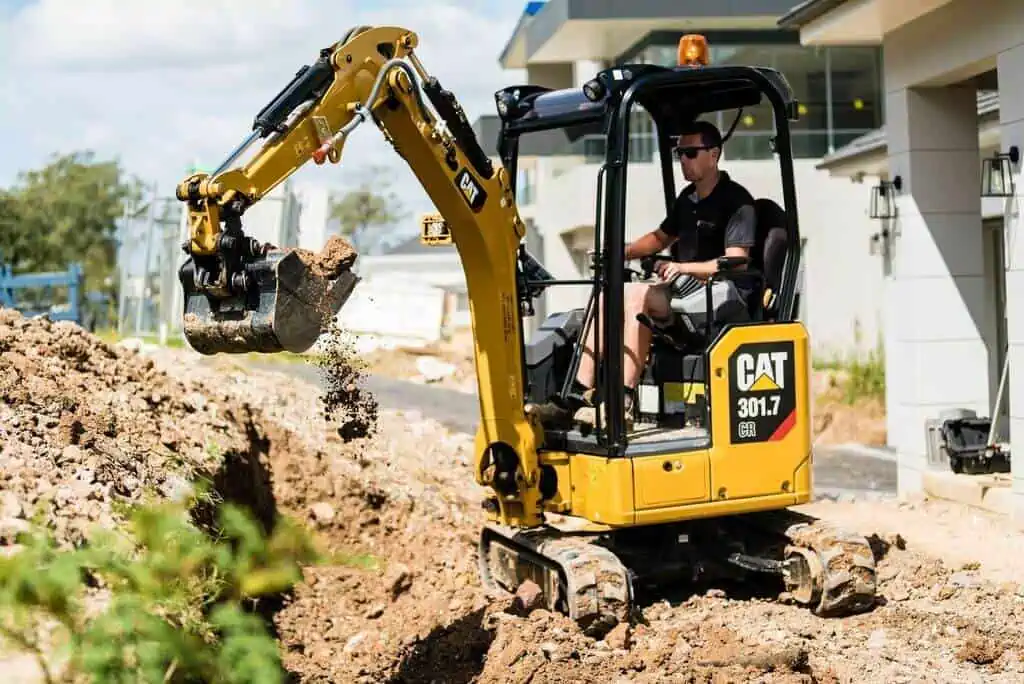
Safety Protocols for Mini Excavators
To use a mini excavator, there are certain safety procedures that you must follow. First, be aware of the machine’s capabilities. Once it is ready, the machine can move forward with the help of its primary boom lever and the dipper stick. The bucket of excavated soil can then be transported to a designated dumping location.
Mini excavators should always be operated on a level surface. Make sure the bucket or blade is on the ground before shutting down. Also, do not operate the mini excavator if you are impaired or taking prescription medication. It is also important to use a lock on the engine.
Before using a mini excavator, be sure to check the capacity of the bucket. Different models have different weights and load capacities. If the bucket is too heavy, it will tip over and cause damage to the arms, boom, and hydraulic system. Never overload a mini excavator, as it will cause it to fail and cause injury to you or others.

Mini excavators are not dangerous machinery, but you should still follow certain safety protocols to keep yourself and others safe. These protocols include wearing a seat belt and always operating your mini excavator on a level surface. It is also important to know how to properly steer a mini excavator and navigate a slope to reduce the risk of tipping and sliding.
Mini excavators should be used by people who know how to operate them properly and who are accompanied by a safety professional. Before starting the operation, the operators must inspect the work site and call 811 to ensure that no utility lines are underneath the ground. In addition, they should never lift a load heavier than the safe working load of the machine. Although mini excavators are small in size, they can be used for large tasks, including digging holes and hoeing soil. They are also useful for grinding stumps and creating post holes. Mini diggers are easy to operate, but you need to make sure you know how to operate them safely.
Excavators should be operated from a seat, and they should be steered gradually. When working on a slope, make sure the bucket is lowered to the ground and the arm and boom extended, which will prevent the equipment from sliding down the slope. Before using a mini excavator, park it on a level surface, and make sure the bucket is low to the ground.
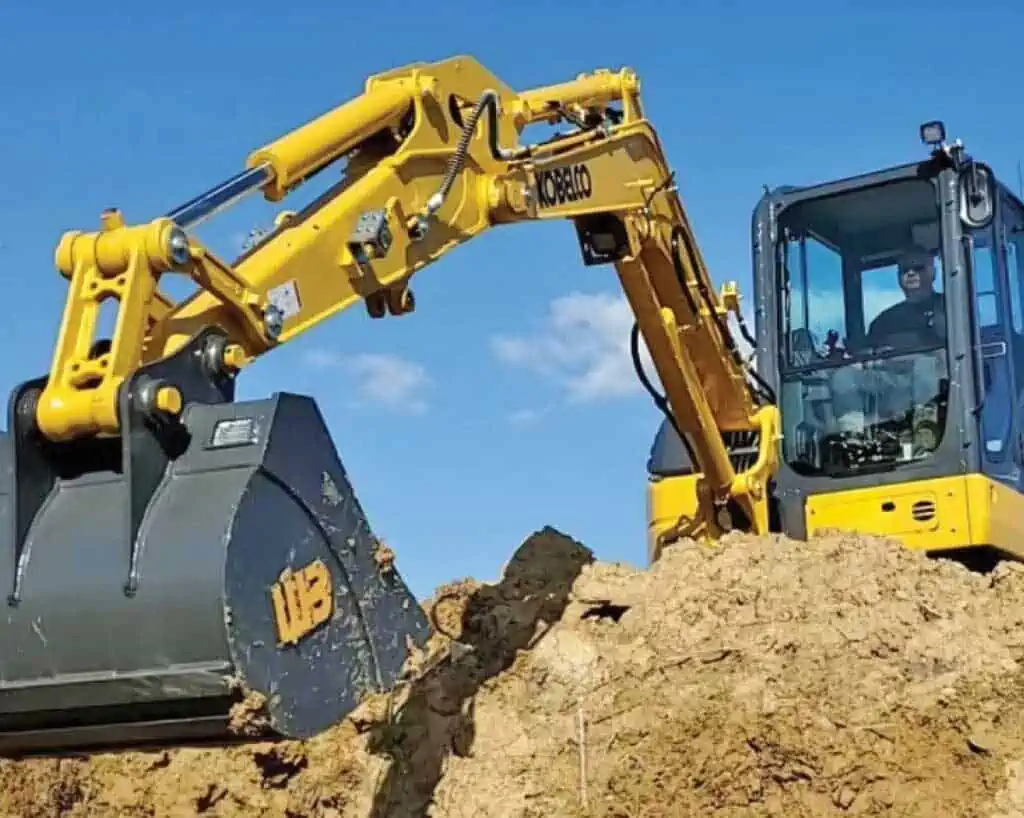
Excavators are dangerous equipment, and they should always be operated by trained professionals. These machines are important for any construction project, but they can also pose a serious risk to everyone around you. Following the manufacturer’s guidelines is crucial for a safe work environment. It is important to follow the safety protocols for mini excavators and other heavy machinery.
Contact us today if you have further questions.
